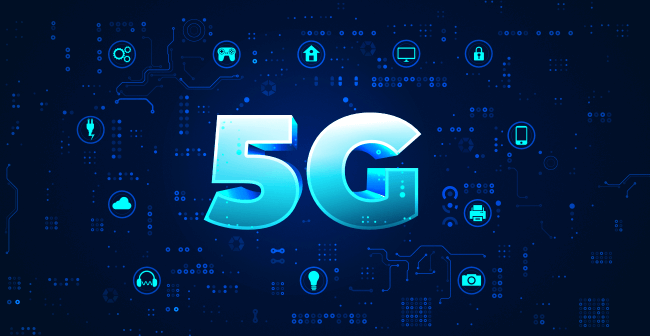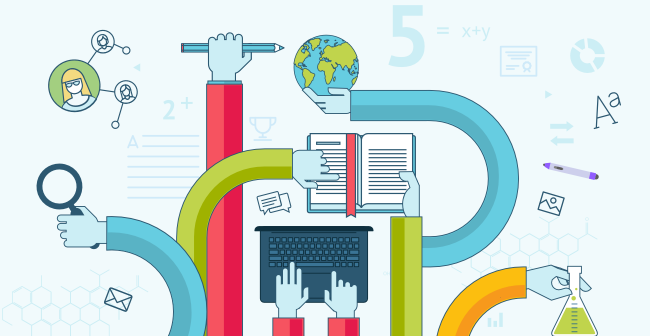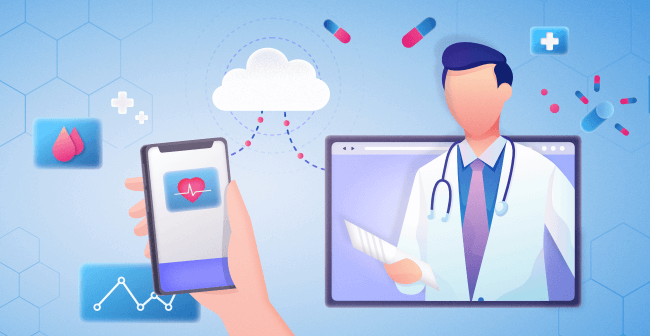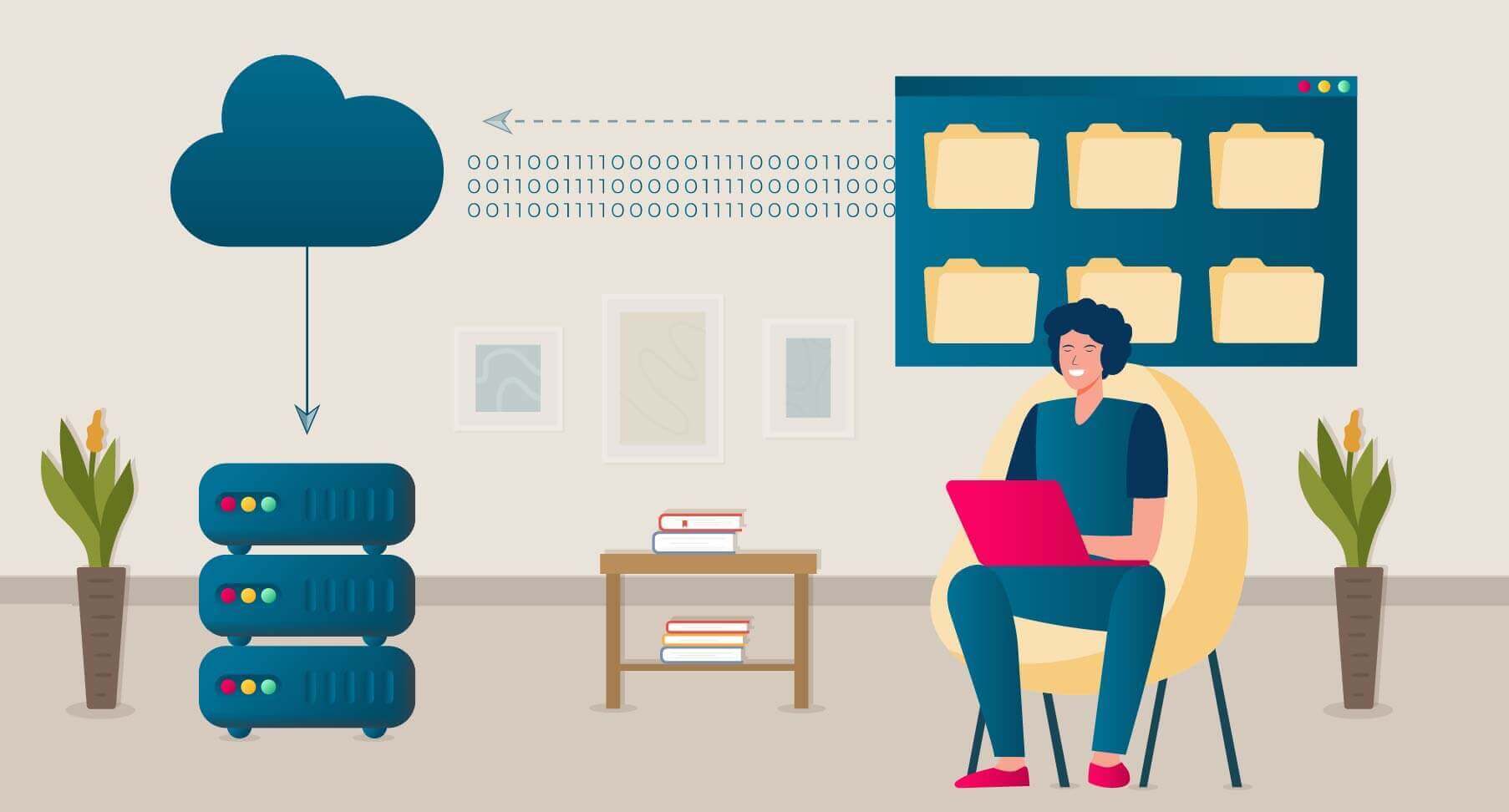5G is the buzzword these days, and for good reasons. Not only does it improve how we employ and communicate with technology, but it also has the capability of changing the dynamics of how different technologies communicate with one another. It also means that everything happens at a much swifter pace with far greater reliability.
This new technology standard promises much more than just further development of the existing mobile communication technologies. We will see wholesome changes in digitalization, society, and the economy, which will take place in all aspects of our lives.
So far, the primary objective has been to expand the infrastructural conditions of conventional networks across the board to ensure network availability for almost all mobile devices. However, in the coming years, we will see the continued networking within the 5G IoT.
The focus would be on meeting the networked society’s growing needs even more optimally than ever before. So, it may not be wrong to say that the future of 5G technology is exceptionally bright.
Read more: Future Of IoT: Trends That Will Change Our Experiences In The Near Future
In the forthcoming sections, I will discuss what exactly is 5G IoT and how it is set to redefine connectivity on a global scale? So, without further ado, let’s get started.
What is 5G IoT?
As the global data volume keeps growing at a continuous rate, it is making 5G indispensable. Due to this enormous growth in data, in the medium term, the existing technologies will no longer meet the requirements of the IoT world. This is where 5G IoT comes into the picture.
Germany is a prime example of the development of data volume. In 2017, the country reached a data volume of 1 billion gigabytes already double what it was in 2015. According to findings like these, experts estimate that the number of connected devices worldwide will be between 50 and 500 billion in the current year.
This presents a tremendous opportunity for our global economy. It demonstrates the necessity of 5G networks like a massive volume in conjunction with IoT devices. Also, individual needs pertaining to IoT networks are only possible with the help of 5G.
Is 5G Needed for IoT?
With the help of the so-called “3G” cellular standard, it was possible to use mobile data with a cell phone. The reason being, 3G was the primary driver to produce smartphones at that time.
The fourth generation of mobile network standards was created sometime later. With the emergence of LTE, the data transfer rates have increased tremendously. Till now, LTE is the most-widely used network. It provides a speed of a maximum of 100 megabits per second.
You can see its impact in different areas of the economy and society. It can also help change the LTE bandwidths to get download speeds of a maximum of 4000 megabits per second. However, when we look at the future, LTE will not be enough to meet the standards and expectations of the emerging technologies. The reason being, LTE was primarily designed and optimized for use on smartphones.
On the other hand, 5G will provide the mobile standard for all connected things. 5G IoT has the potential to reach new dimensions in every aspect of our lives. The data throughout the new network should reach a maximum of 20 gigabits per second. It even enables shorter response times. The 1G network connectivity is a million times less than a 5G network.
With the help of 5G, you can effortlessly transmit data in real-time. In other words, 100 billion mobile devices across the globe would become accessible at the same time. It provides a connection density of roughly 1 million devices per square kilometer.
This new technology provides an increase in the relative movement speed. In other words, the connection quality will be much more stable with a maximum speed of 500 kilometers per hour. Apart from smartphones, increasing amounts of data are inevitable in other areas of the application too. The numbers don’t just seem huge; they’re actually enormous.
These are some of the reasons that make 5G IoT the new technology of connectivity.
4 Effective Ways to Redefine Connectivity with 5G IoT
Here are some of the 5G IoT use cases that redefine connectivity.
Table of Contents
1. Data Transfer Speeds
The commercial success of any 5G IoT device depends on its performance. This ultimately boils down to how swiftly it can communicate with other 5G IoT applications, smartphones and tablets, software in the form of its app or website, and more. With the help of 5G, data transfer speeds get a significant boost.
According to reports, 5G will be ten times faster than current LTE networks. With such an increase in speed, it will enable 5G IoT devices to communicate and share data faster than ever. For example, this increase in speed will reduce the lag and enhance the overall speed through which connected devices send and receive data and notifications when it comes to smart home devices.
Besides smart home devices, nearly all 5G IoT devices will benefit from enhanced speeds, including those using healthcare and industry applications.
2. Higher Network Reliability
Apart from the increase in speed, 5G IoT networks will operate more reliably. This will ultimately help in creating more stable connections. For any IoT device, it is essential to have reliable and stable network conditions.
However, when it comes to connected devices like security cameras, locks, and other monitoring systems that depend on real-time updates, it will become even more critical. The high-speed connectivity, very low latency and more excellent coverage will arrive with the next generation 5G IoT applications crucial for IoT.
To exploit these improvements to their advantage, manufacturers will need to first invest in developing 5G-compatible devices. Manufacturers will also have to undergo quality assurance testing to ensure that the new devices and software functionalities perform as expected in different conditions. If that is not the case, the new 5G IoT devices will flop due to bugs that will reduce the potential benefits 5G offers.
3. Bringing Revolution in Supply Chain
Sectors like the supply chain need a lot of manual supervision. This is especially true during transportation to the warehouse and movements inside it. 5G IoT will enable individual product level information through IoT-enabled sectors instead of the vehicle level details available today. It will ultimately have a positive impact on making the tracking and tracing of shipments effortless.
When it comes to perishable products, remote monitoring of trailer conditions like temperature and humidity will become possible. Inventory disposition, location, and re-routing will now occur in real-time thanks to the 5G-enabled IoT trackers. This is one of the prime examples of 5G IoT use cases; when integrated will provide an end-to-end view of the entire supply chain.
4. Self Driving Vehicles can Redefine Connectivity
For any self driving vehicle to function correctly, there is a lot of data exchange required. Apart from tracking temperature, traffic, weather, and GPS location, information about pedestrians and street fixtures like lamp posts also play a crucial role. While IoT-enabled sensors and devices will collect data, the 5G network will ensure efficient transfer of these to the vehicles with no apparent lag time.
In the future, we will see vehicles communicating with one another, eliminating the need for traffic signals. The only thing you need for this is the development of smart cities and a vast 5G network.
Concluding Thoughts
5G IoT companies will make a huge impact when it comes to redefining connectivity across the globe. I believe 5G IoT can drive advancements in the field of smart machinery and smart manufacturing.
If you think about the large-scale potential, then 5G could enable IoT to run virtually impromptu traffic analysis, enhance security & public safety. Just think about the possibility of 5G IoT healthcare companies playing a crucial role in possibly carrying out remote surgery.















Leave a Reply